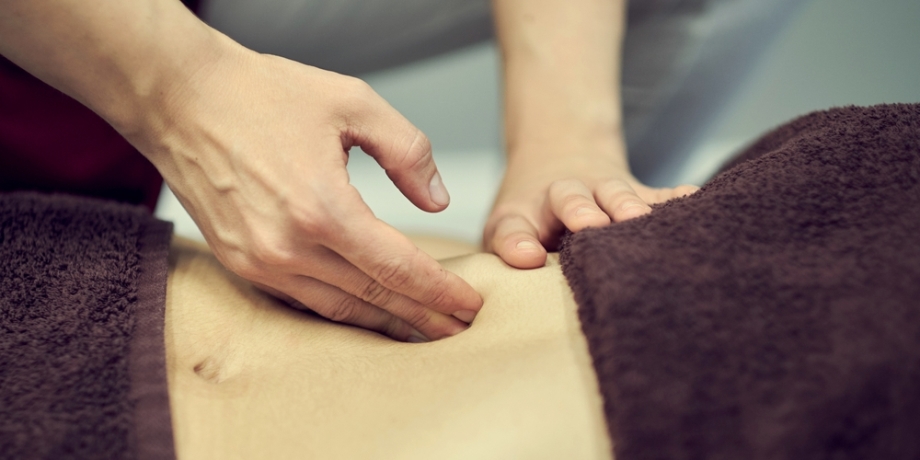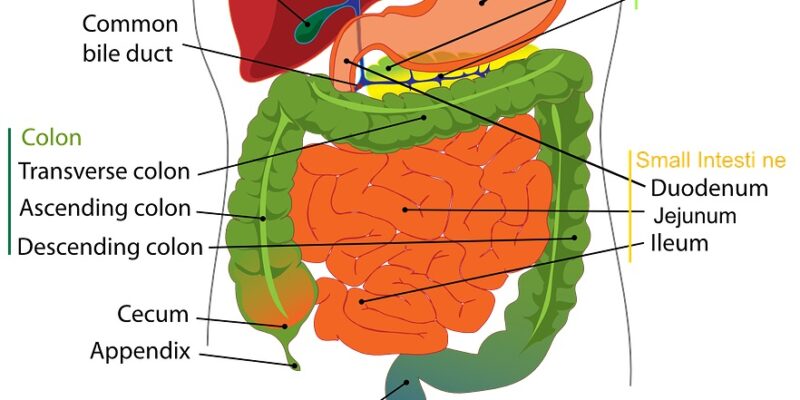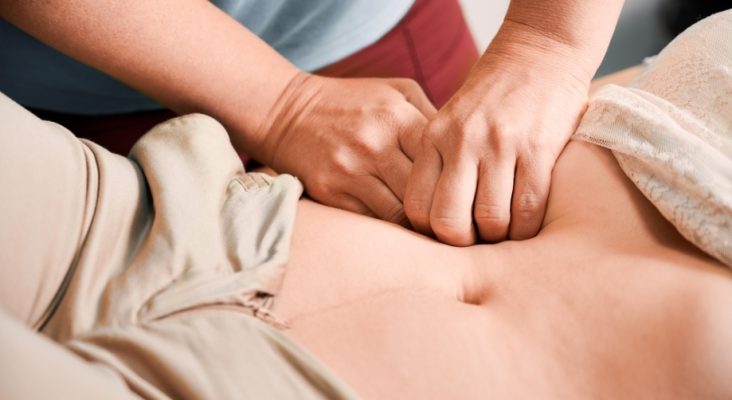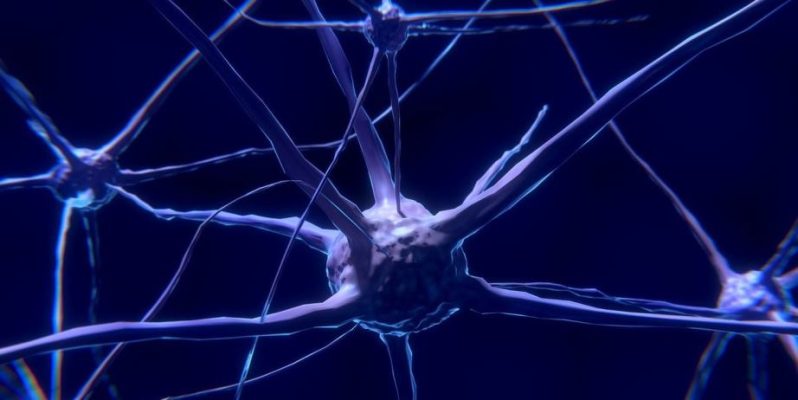
The abdominal area, in which we include the diaphragmatic area, is literally packed with internal organs. It’s also a relatively small bodily region in which a lot is going on, often containing quite some tissue adhesions, and muscle and connective tissue tensions and contractions.

The latter may cause the organs to become obstructed in their function, not being able to move freely, or having an incorrect position in the abdominal cavity, while often also being impaired by an insufficient blood supply. In addition, constrictions can also hinder proper working of the Enteric Nervous System, of which we will talk further below in this article.
The abdomen has always played an important role with regard to emotions. The liver, kidneys, gallbladder, stomach, diaphragm, intestines, uterus, ovaries, and prostate, and the connective tissue and muscles surrounding those organs all have their specific functions and specific “emotional load” attached to them.
Many types of traditional abdominal massages have as one of their primary aims “working on and releasing undigested emotions.” This is a practice that largely predates modern De-Armoring theory, already existing in many traditional medicine systems.
In addition, the abdominal area contains the Enteric Nervous System (ENS) which governs the function of the gastrointestinal tract, and is capable of acting autonomously and making its own decisions, without help of the sympathetic and parasympathetic nervous systems. The ENS is often called “the second brain,” and it can influence digestion, mood, health, and even the way we think.

For instance, the ENS may trigger distressing emotions in people who suffer from irritable bowel syndrome (IBS) and other bowel issues such as constipation, diarrhea, bloating, pain, and an upset stomach. It was always thought that anxiety and depression contributed to these issues, but today it’s increasingly recognized that it may also be just the other way around.
But let’s take a look at some of the organs and tissues in the abdominal area.
For instance, the diaphragm tends to contract in response to anxiety, panic, fear, or loss of control, which causes issues in the way we breathe. A tensed diaphragm also cuts of communication between the lower part and the upper part of the body (for instance impairing proper signaling from the ENS system to the brain).
The muscles and connective tissues of the abdominal area are like a belt around the internal organs. It those are tight they not only constrict our organs, but also hamper the ENS, cause low back pains, and produce signals that mimics fear of being attacked, panic, and anxiety.

De-Armoring efforts (commonly written in British English as Dearmouring) should concentrate on removing tissue adhesions and tensions of the connective tissue and muscles of the abdominal region. Furthermore, work should focus on mobilizing the internal organs and the diaphragm, and allow or guide repositioning of the organs in their proper place.
The abdomen is also the area to externally access the uterus, ovaries, and prostate. Hence, while engaging in Abdominal Dearmoring, the therapist may also proceed with Prostate De-Armoring or Womb De-Armoring.
At any rate, apart from intensive massage work, stretches, pressure, and acupressure, one can also make the client use deep and full breathing techniques (slowly breathing with full inhales and full exhales) or apply repeated gag reflexes (by putting a finger in the client’s throat) to help loosen up this area.
















